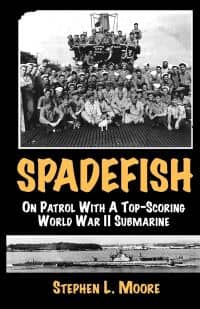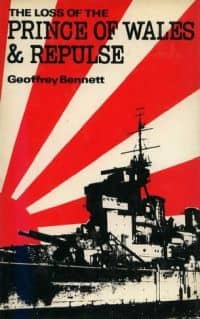ME Naval Non-Fiction - Famous Ships
Non-Fiction books which are about specific famous ships from the Modern Era

- Details
- By: Stephen L. Moore
- Title: Strike of the Sailfish: Two Sister Submarines and the Sinking of a Japanese Aircraft Carrier
- First Published by: Dutton Caliber
- First Published Format: HC
- First Published Date: 5 December 2023)
- ISBN-10: 059347287X
- ISBN-13: 978-0593472873

- Details
- By: Stephen L. Moore
- Title: Battle Stations: How the USS Yorktown Helped Turn the Tide at Coral Sea and Midway
- First Published by: Penguin Publishing Group
- First Published Format: PB
- First Published Date: 2 November 2021
- ISBN-10: 0593186672
- ISBN-13: 978-0593186671

- Details
- By: Stephen L. Moore
- Title: Battle Surface!: Lawson P. "Red" Ramage and the War Patrols of the USS Parche
- First Published by: Naval Institute Press
- First Published Format: HC
- First Published Date: 15 May 2011
- ISBN-10: 1591145325
- ISBN-13: 978-1591145325

- Details
- By: Stephen L. Moore
- Title: War of the Wolf: Texas' Memorial Submarine: World War II's Famous USS Seawolf
- First Published by: Atriad Press
- First Published Format: PB
- First Published Date: 1 April 2008
- ISBN-10: 193317711X
- ISBN-13: 978-1933177113

- Details
- By: Stephen L. Moore
- Title: Spadefish: On Patrol with a Top-Scoring WWII Submarine
- First Published by: Atriad Press
- First Published Format: PB
- First Published Date: 1 June 2006
- ISBN-10: 1933177071
- ISBN-13: 978-1933177076

- Details
- By: Geoffrey Bennett
- Title: The Loss of the Prince of Wales and Repulse
- First Published by: Ian Allan
- First Published Format: HC
- First Published Date: 1973